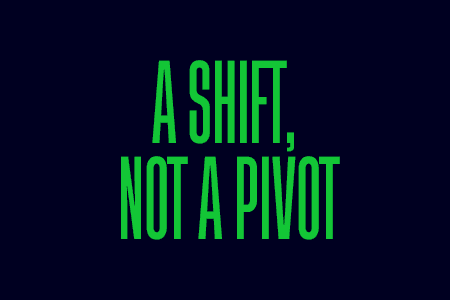What the Fed just happened?
Markets were convinced the Fed would pivot and we’d get out of this inflation crisis relatively unscathed. And the Fed did pivot — its pace of rate hikes.
It wasn’t exactly the pivot markets expected, though. Fed chair Jay Powell maintained that rates could be high “for some time,” and the peak in rates could be higher than previously thought. Stocks dropped on the news, and Fed fund futures now project the Fed will hike its policy rate above 5% by March.
It seems like October’s optimism is back out the window. We’re still climbing a mountain, even if that mountain is a little less steep at this point. Even a pause in rate hikes “looks very premature,” according to Powell.
The Fed has pulled the societal lever from innovation to conservation, and until they pull the lever back to innovation via rate cuts, we could be stuck in a persistently high-rate environment. It looks different than what we’re used to, but it’s not exactly a doomsday scenario, either. It just requires a shift in perspective.
Even though rates could stay high for a while, we may be in for a tougher recovery instead of a plunge to new lows. The Fed is still confident it can get inflation under control without seriously harming the job market. It’s a tough task, and the margin of error is shrinking, but earnings and the economy have been surprisingly resilient.
We may need to get comfortable with the idea of markets not doing their best for a bit, even if they don’t fall much further from here. If you’re expecting a rate cut anytime soon, I wouldn’t hold your breath. And in a high-rate environment, there could be benefit in staying defensive while holding some quality risk.
*Data sourced through Bloomberg. Can be made available upon request.



